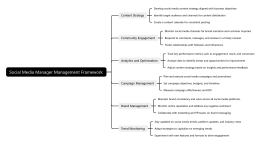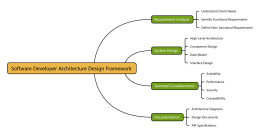
Standard Product Requirements Document
0 Report
This comprehensive guide to creating a Standard Product Requirements Document (PRD) covers all essential aspects to ensure a well-structured and detailed document. It begins by defining the environment, including both software and hardware contexts. The introduction section provides background information, references, and terminology essential for understanding the PRD. The overview section outlines the project/product description, system model, and any assumptions and constraints. The basic structure of the PRD includes a cover page with company information, confidentiality level, document alias, document number, writer's details, and writing time. It also details version information such as dates, versions, descriptions, and authors. Instructions for compilation, including source compilation, development process, and architecture, are provided to guide the document's creation. A table of contents and the main body (正文) are also included. Functional requirements are divided into a summary and detailed sections, covering business requirements, processes, system/product structure, global data flow, business functions, and report functionality. Non-functional requirements address interface needs (user, hardware, software, communication), data requirements (collection and impact), performance requirements (intensive reading, time characteristics, flexibility), operational requirements (routine and special operations), and properties like safety, maintainability, and usability. Design constraints and scene adaptability requirements are also detailed. This PRD framework ensures clarity, thoroughness, and adherence to standards, making it an invaluable tool for product development teams aiming to meet both functional and non-functional requirements effectively.
Related Recommendations
Other works by the author
Outline/Content
See more
Functional Requirements
Summary of Functional Requirements
Business requirements
Business Process
System/Product Structure Diagram
Global Data Flow Diagram
Business Function
Report Functionality
Detailed Functional Requirements
Business Function
Report Functionality
Data Dictionary
Non-functional requirements
Interface Requirements
User Interface
Hardware interface
Software interface
Communication interface
Data Requirements
Data Collection
The impact of data
Performance Requirements
Intensive Reading
Time characteristic requirements
Flexibility
Operational Requirements
Routine operation
Special operation
Properties
Safety
Maintainability
Usability
Design Constraints
Other constraint standards
Hardware limitations
Scene adaptability requirements
Other requirements
Environment
Software environment
Hardware environment
Introduction
Background
Reference materials
Term
Overview
Project/Product Description
System model
Assumptions and Constraints
Basic structure
Cover
Company Information
Confidentiality Level
Document Alias
Document Number
Document Writer
Document Writing Time
Version Information
Date
Version
Version Description
Version Author
Instructions for Compilation
Source Compilation
Development process
Architecture
Instructions for Compilation
Table of Contents
正文
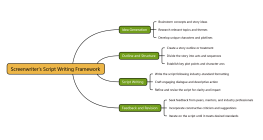
Collect
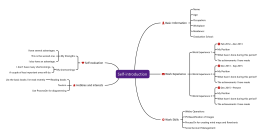
Collect

Collect
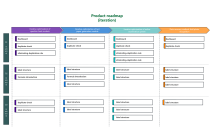
Collect

Collect

Collect

0 Comments
Next Page
